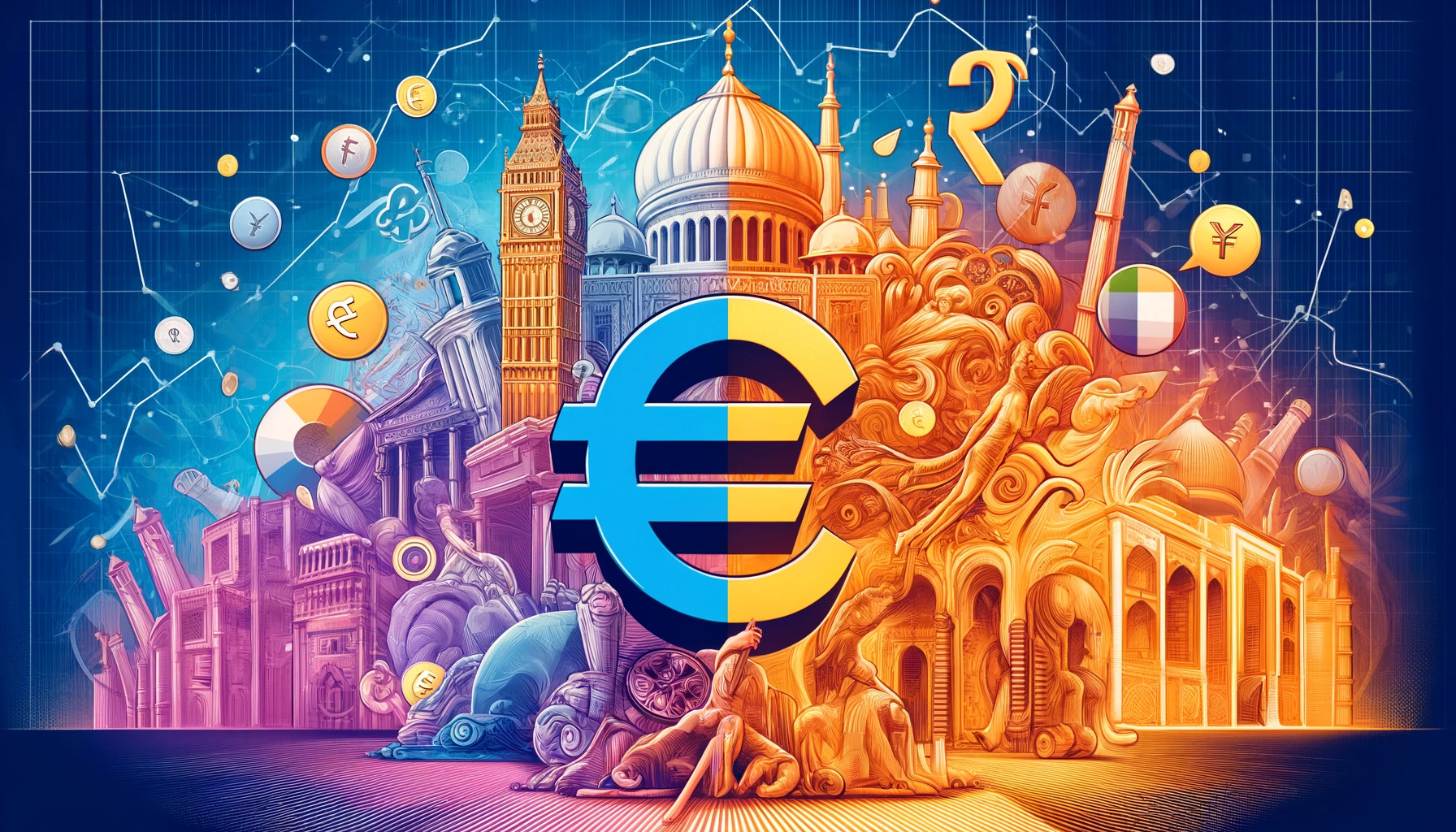In the vast and intricate world of currency exchange, few rates capture attention like the conversion from the Euro to the Indian Rupee. The rate of “1 euro to 1 INR” serves as a benchmark for economic discussions, financial analysis, and the global interplay between Europe and India. This article delves into the significance of this exchange rate, exploring its implications for traders, businesses, and economies at large. You can also read this Mastering HR Management: What You Need to Know
Understanding the Basics of Euro and INR
Before examining the conversion rate of “1 euro to 1 INR,” it’s essential to understand the currencies involved. The Euro (EUR) is the official currency of the Eurozone, which includes 19 of the 27 European Union countries. It’s one of the world’s leading currencies and plays a pivotal role in global financial markets.
The Indian Rupee (INR), on the other hand, is the official currency of India. It’s used by one of the fastest-growing major economies in the world. The value of the INR is influenced by India’s economic conditions, its central bank policies, and its foreign exchange reserves, among other factors.
The Significance of Exchange Rates
Exchange rates, such as “1 euro to 1 INR,” are vital indicators of economic health and are closely monitored by governments, businesses, and investors. These rates influence international trade, investment decisions, and economic policies. A favorable exchange rate can make a country’s goods cheaper for foreign buyers and increase exports, while an unfavorable rate can do the opposite.
Factors Influencing the Euro to INR Conversion
Several factors can influence the conversion rate from the Euro to the Indian Rupee:
- Economic Stability: The economic stability of the Eurozone and India plays a crucial role. Factors like GDP growth, unemployment rates, and industrial production affect currency strength.
- Interest Rates: Decisions by the European Central Bank and the Reserve Bank of India regarding interest rates can lead to fluctuations in the EUR/INR exchange rate. Higher interest rates typically attract foreign capital and can increase a currency’s value.
- Political Events: Elections, policy changes, and international relations can cause significant volatility in currency exchange rates.
- Market Sentiment: Trader and investor sentiment also affects the EUR/INR rate. News, reports, and forecasts about economic conditions can sway market dynamics dramatically.
Historical Perspective on EUR to INR
Historically, the Euro has been stronger than the Indian Rupee. The relationship between these two currencies has seen the EUR/INR exchange rate fluctuate based on economic changes, trade balances, and global financial crises. Tracking these trends provides insights into the broader economic patterns between Europe and India.
Impact on Trade and Investment
The “1 euro to 1 INR” rate directly impacts trade and investment flows between Europe and India. For European companies investing in India, a stronger Euro means lower costs of investment in Rupee terms. Conversely, for Indian exporters, a weaker Rupee against the Euro can lead to higher revenues when converted back to their local currency.
Future Projections
Looking ahead, the EUR/INR exchange rate will continue to be influenced by economic policies, geopolitical stability, and shifts in global markets. Analysts and investors keep a keen eye on this rate to gauge the economic pulse between Europe and India.
Conclusion
The exchange rate of “1 euro to 1 INR” is more than just a numerical value; it’s a vital economic indicator that reflects the interconnection between the Eurozone and India. Understanding this rate helps in making informed decisions in international trade, investment, and finance. As global dynamics evolve, so too will the relationship between the Euro and the Indian Rupee, highlighting the importance of staying informed and agile in the global economic arena.



